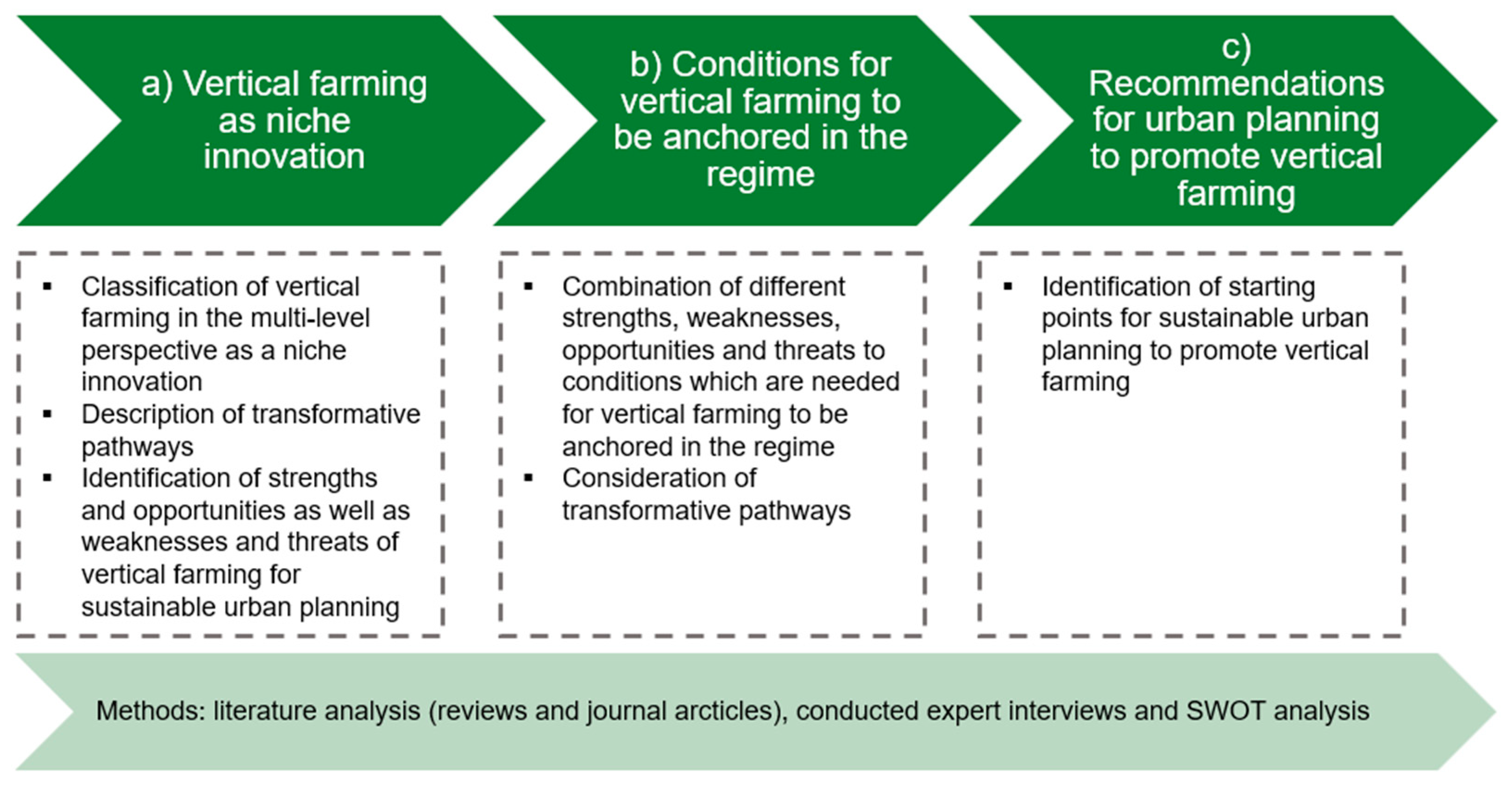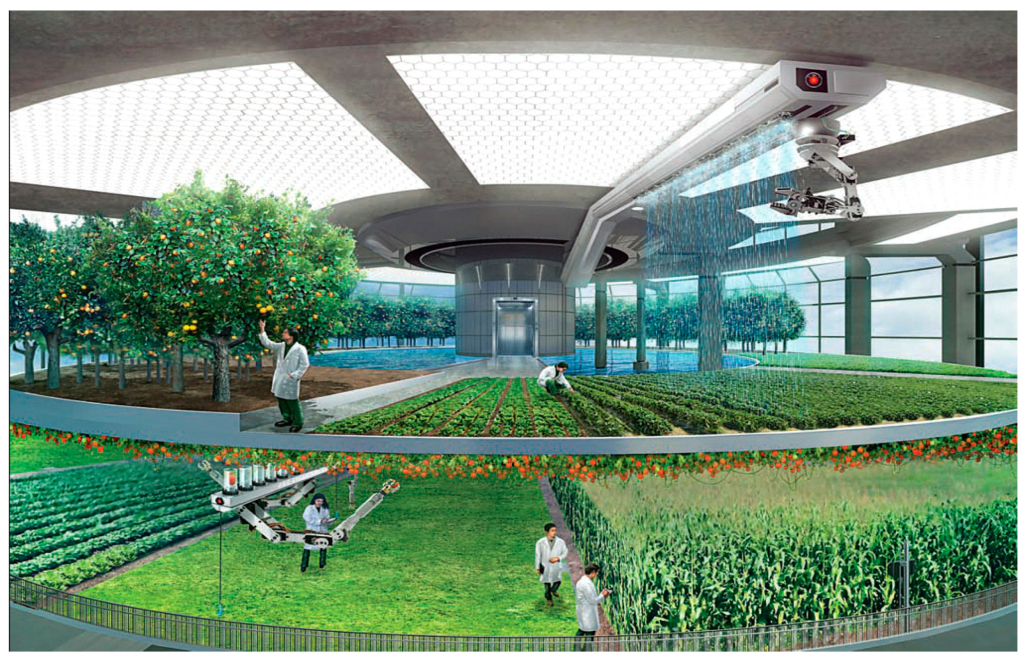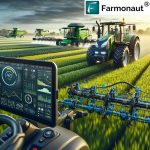Imagine growing your own fresh vegetables, right in your living room, all year round. Sounds like a dream, right?
With the smart blend of vertical farming and IoT, this dream can become your reality. These two cutting-edge innovations are revolutionizing the way we think about agriculture and food supply. You might wonder how these technologies work together to bring such a transformation.
Well, vertical farming allows you to grow crops in stacked layers, saving space and optimizing resources. Add IoT into the mix, and you have a smart system that monitors and controls the environment, ensuring your plants get just the right amount of light, water, and nutrients. Curious to know how this powerful duo can change your life and even contribute to a more sustainable planet? Keep reading, and discover how you can be part of this green revolution.
The Rise Of Vertical Farming
Vertical farming has emerged as a promising solution for sustainable agriculture. This innovative approach helps maximize space and resources. Urban areas benefit from this efficient farming method. Vertical farms stack crops in layers, saving space and water. The demand for fresh produce is rising. Vertical farming meets this demand with local, fresh produce. This method reduces transportation and storage needs. IoT integration enhances vertical farming operations.
The Need For Sustainable Farming
Traditional farming faces challenges like climate change and soil erosion. Sustainable methods are crucial for future food security. Vertical farming offers a controlled environment for crops. This reduces dependency on weather conditions. It also minimizes the use of pesticides and fertilizers.
Urbanization And Limited Land
Urban areas face a scarcity of agricultural land. Vertical farming utilizes unused vertical spaces in cities. Rooftops and abandoned buildings become productive farmland. This method brings farming closer to urban consumers. Fresh produce reaches consumers faster, ensuring better quality.
Technological Advancements In Agriculture
Technology plays a vital role in modern farming. IoT sensors monitor crop health and environmental conditions. Data from these sensors optimize growth conditions. Automated systems manage lighting, watering, and nutrient delivery. These advancements increase crop yields and reduce waste.
Environmental Benefits
Vertical farming uses less water than traditional farming. Water recycling systems minimize waste. This method also reduces carbon emissions from transportation. By growing food locally, vertical farming helps lower pollution. The use of LED lighting further reduces energy consumption.
Economic Impacts
Vertical farming creates new job opportunities in urban areas. It supports local economies by reducing dependency on imports. This method provides fresh produce year-round. It enhances food security and stabilizes prices. Consumers enjoy access to affordable, high-quality produce.

Iot Innovations In Agriculture
IoT innovations are transforming agriculture by making farming smarter. Sensors, devices, and data come together to improve crop yields and reduce waste. Farmers can now monitor soil, weather, and plant health in real-time. These advancements help in making informed decisions and optimizing resources. IoT is paving the way for sustainable agricultural practices. Let’s explore these innovations in detail.
Understanding Iot In Agriculture
IoT in agriculture involves connecting devices to the internet. These devices gather data from the field. They measure moisture, temperature, and sunlight. Farmers access this data using smartphones or computers. This helps them plan watering, planting, and harvesting. IoT ensures precise farming techniques.
Smart Sensors For Better Crop Management
Smart sensors detect changes in the environment. They provide data about soil and weather conditions. These sensors help farmers adjust irrigation and fertilization. This leads to healthier crops and higher yields. Using sensors reduces water usage and saves money.
Automated Irrigation Systems
IoT-enabled irrigation systems automate water delivery. They use sensors to determine when to water plants. This prevents over-watering and saves water. Farmers can control irrigation remotely. This ensures crops get the right amount of water. Automated systems improve efficiency and conserve resources.
Real-time Monitoring And Alerts
IoT devices provide real-time monitoring of fields. Farmers receive alerts about changes in weather or soil conditions. These alerts help in making quick decisions. They protect crops from diseases and pests. Real-time data ensures timely actions for crop safety.
Data-driven Farming Decisions
Data collected by IoT devices is crucial for farming decisions. Analyzing this data helps in predicting crop yields. Farmers can plan better and reduce risks. Data-driven decisions lead to improved productivity. Access to accurate information empowers farmers.
Remote Monitoring And Control
IoT allows remote monitoring of agricultural equipment. Farmers can control machinery from anywhere. This saves time and effort. Remote control ensures efficient operations. It reduces the need for physical presence in fields.
Benefits Of Iot In Vertical Farming
IoT boosts vertical farming by automating tasks like watering and lighting. Sensors monitor plant health, ensuring optimal growth conditions. This smart combo maximizes yield and reduces waste, making urban agriculture more sustainable and efficient.
Vertical farming is transforming the way we produce food, and the integration of IoT (Internet of Things) amplifies its efficiency. Imagine a world where farming does not depend on weather or land availability. IoT provides that freedom. It offers precise control over farming operations and maximizes yield while minimizing resource usage. You’re about to discover how IoT is reshaping vertical farming into a smart, sustainable model.Enhanced Monitoring And Control
IoT devices continuously monitor environmental conditions. Sensors collect real-time data on temperature, humidity, and light levels. This allows you to make informed decisions and adjust conditions instantly for optimal plant growth.Data-driven Decision Making
With IoT, data analytics becomes your best friend. You can analyze trends and predict outcomes. This empowers you to make better decisions about planting and harvesting times.Resource Efficiency
IoT helps you conserve water and energy. Automated systems ensure resources are used only when needed. This means you’ll save money and reduce your environmental footprint.Improved Crop Health
IoT solutions detect issues early. Sensors can alert you to changes in plant health before they become problems. You can address these issues promptly, ensuring healthier crops and reducing waste.Increased Yield
By optimizing growing conditions, IoT boosts crop production. Imagine significantly increasing your yield without expanding your farm’s footprint. This means more produce and a better return on investment.Remote Management
IoT allows you to manage your farm from anywhere. Whether you’re at home or on vacation, you can monitor and control your operations. This flexibility can make your life easier and your farm more productive.Enhanced Traceability
Traceability is crucial in today’s food industry. IoT provides detailed records of each plant’s journey. This transparency builds trust with consumers and can lead to better market opportunities. As you consider these benefits, ask yourself: How could IoT transform your farming practices? The potential is immense, and it’s available now. Will you embrace this smart combo to revolutionize your vertical farming?Future Prospects And Challenges
Vertical farming combined with IoT offers promising future prospects, enhancing food production efficiency. Challenges include high costs and technological complexities, but ongoing innovations aim to overcome these obstacles, making sustainable agriculture more accessible.
The union of vertical farming and IoT technology is paving the way for a more sustainable future. This smart combo is transforming agriculture by making it more efficient and less resource-intensive. But as with any innovation, there are both exciting prospects and notable challenges to consider.Future Prospects Of Vertical Farming And Iot
Vertical farming, combined with IoT, promises to revolutionize urban agriculture. Imagine a world where you can grow fresh produce in skyscrapers right in the heart of your city. This not only shortens supply chains but also ensures fresher, pesticide-free food on your table. IoT sensors can monitor plant health in real-time, adjusting conditions like light and water automatically. This minimizes waste and optimizes growth. Such precision farming could become the norm, reducing the carbon footprint of food production significantly. Moreover, with the continuous advancement in IoT technology, data analytics can predict crop yields and potential issues. This predictive power enables farmers to plan better and reduce losses. It’s like having a crystal ball for your crops, making farming smarter and more reliable.Challenges Facing Vertical Farming And Iot
Despite its promises, vertical farming with IoT faces hurdles. High initial setup costs can be a barrier for many. Not everyone has the resources to invest in advanced technology and infrastructure. There’s also the challenge of energy consumption. Running vertical farms, especially in urban settings, can consume a lot of electricity. This can offset some of the environmental benefits if not managed properly. Another challenge is the need for skilled personnel. Operating IoT systems and managing data requires expertise that not all farmers currently have. This could slow down the adoption of these technologies.Are We Ready For The Change?
As you think about these prospects and challenges, it’s worth asking: Are we ready for this change? Are we prepared to embrace smart farming on a large scale? The future of food production hinges on our willingness to adapt and innovate. While technology offers incredible solutions, it also demands learning and adaptation. Are you excited or apprehensive about this shift in agriculture? Engage with the possibilities and challenges. Share your thoughts or experiences with this exciting blend of technology and farming in the comments.
Conclusion
Vertical farming paired with IoT promises a brighter agricultural future. This smart combo boosts efficiency and sustainability. Farmers can monitor crops with precision. Technology helps save water and reduce waste. Cities benefit from fresh produce grown locally. Urban spaces transform into productive farms.
People enjoy healthier food choices. Technology and nature work together seamlessly. Innovation drives progress in food production. Embrace this change for a greener planet. Vertical farming and IoT offer endless possibilities. Explore this exciting journey in agriculture today.



